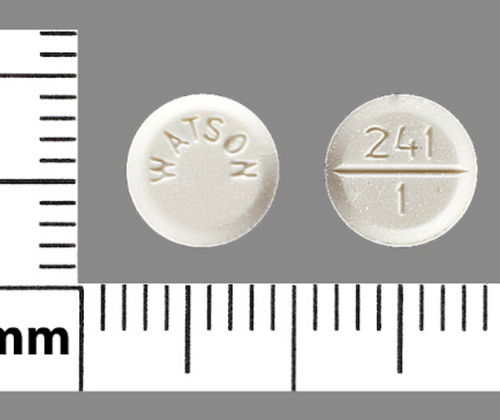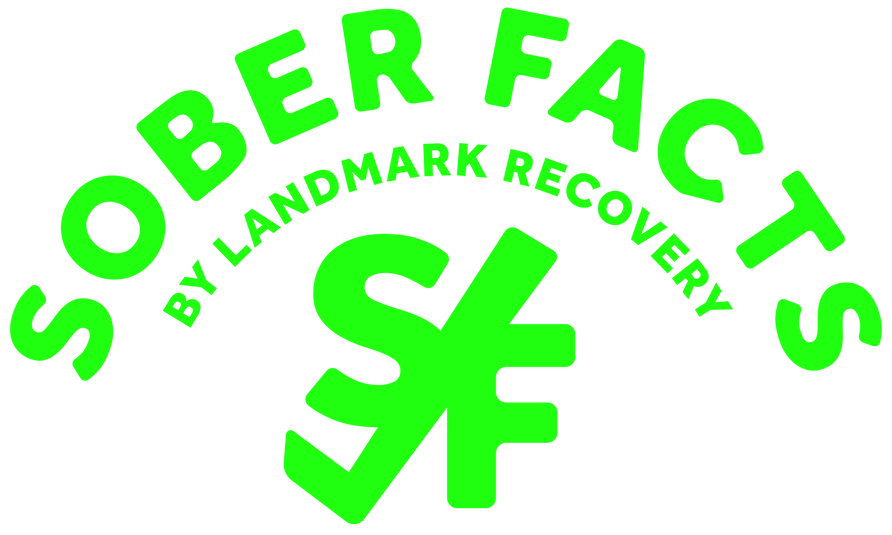Choosing recovery close to home means your support system is just a few miles away.
- 100% Confidential
- Available 24/7
- No Pressure to Commit
- Multiple Financial Options Available
Choosing recovery close to home means your support system is just a few miles away.

Sounds Like: lor.AYE.zuh.pam
Classification: Benzodiazepine
Controlled Substance Act Schedule: IV
Other names for Lorazepam

Lorazepam is a generic benzodiazepine (central nervous system depressant) used to treat a range of conditions, like anxiety and alcohol withdrawal symptoms. The drug works by depressing the central nervous system (CNS), meaning it slows brain activity to cause drowsiness, reduce anxiety, relieve muscle aches and prevent seizures.
Lorazepam is marketed and sold under the brand name Ativan.
Lorazepam belongs to the drug class benzodiazepines, commonly referred to as CNS depressants. Benzodiazepines (nicknamed “benzos”) produce short-term effects of drowsiness, relaxation and reduced breathing that can become habit-forming over time. Therefore, lorazepam and other benzodiazepines are classified as schedule IV controlled substances, meaning they have a low potential for abuse and addiction.
As is the case with other benzodiazepines, people who take lorazepam over an extended period of time might start to develop a tolerance to its presence in their system. As a result, they might take more of the drug to feel its initial effects of sedation. That can cause them to experience uncontrolled cravings for it.
If they try to stop taking lorazepam all at once, they might experience physical withdrawal symptoms that can make them sick or worse. This can cause them to keep taking the medication to make the symptoms go away, another sign of dependence.
Because of these risks, lorazepam should be taken under the supervision of healthcare professionals at a hospital, medical detox center or residential treatment facility.
Combining lorazepam with alcohol, other CNS depressants or street drugs can slow your heart rate, weaken your breathing and lead to overdose. If your breathing gets too weak, you can have a fatal heart attack or stroke.
Need help with Lorazepam or another drug addiction?
Call Landmark Recovery and speak with an admission specialist today.
Call NowWe're available 24/7 to help you find Recovery
Lorazepam is prescribed to treat anxiety disorders, seizures and the symptoms of alcohol withdrawal. It’s also used as a short-term sedative prior to medical procedures. Lorazepam isn’t always suited for every age group. The risk of oversedation is thought to be greater in people who are elderly and children under the age of 18.
Similar to other benzodiazepines, lorazepam has a low risk for dependence. It’s one of the medications used to help people manage the symptoms of withdrawal to other CNS depressants like alcohol. It still can become habit-forming after prolonged use. Therefore, physicians and doctors recommend using lorazepam to help reduce cravings to alcohol and other drugs before weaning people off the drug itself.
Take lorazepam exactly as directed by your doctor or pharmacist.
Lorazepam is taken in multiple forms, including oral tablets and injection shots. Tablets contain 0.5 milligrams, one milligram and two milligrams of lorazepam. Liquid lorazepam contains one milligram per one milliliter.
Depending on the severity of a person’s condition, lorazepam is normally taken two or three times a day, with or without food. Doctors recommend diluting a liquid dose of lorazepam in water, juice or a carbonated drink.
The amount of lorazepam should be adjusted according to your medical condition, age and response to treatment. Avoid taking lorazepam with alcohol or other CNS depressants, otherwise, a fatal overdose can occur.

If any of these side effects become severe, immediately call a doctor.
Uncontrolled cravings for lorazepam
Unsuccessful attempts to stop using lorazepam
Physical withdrawal symptoms when reducing or stopping the consumption of lorazepam
Prioritizing the use of lorazepam over spending time with family or friends
Legal or financial problems
Stealing items or money to obtain more lorazepam
Use of lorazepam despite negative health consequences
Lying to doctors or therapists to get more diazepam
Four of 10 people taking benzodiazepines like lorazepam for longer than six weeks will become addicted to drugs, according to the Royal College of Psychiatrists
In 2019, lorazepam was the 69th most commonly prescribed drug in the United States
The street value of lorazepam is $1 per 0.5-to-1-milligram pill